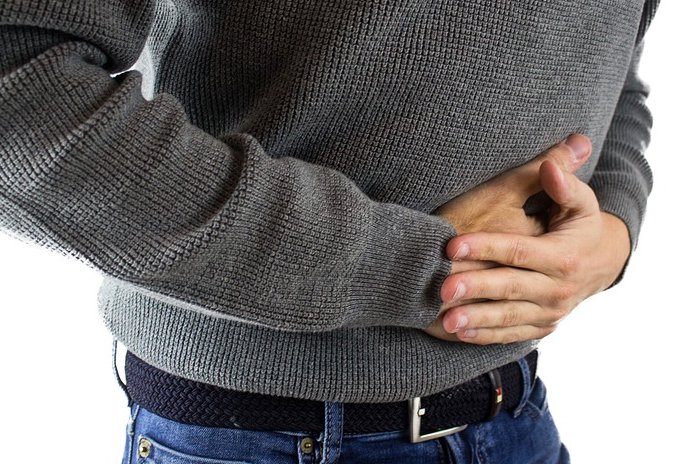A highly contagious viral infection which causes an itchy, blister kind of rashes on the skin, chickenpox is seriously annoying and frustrating. Chickenpox is also known as varicella which also causes shingles. It is a highly contagious infection caused by the varicella-zoster virus.
These blisters like rash initially appear on the face and trunk or torso area that includes chest abdomen and back. Although it is preventable by vaccine it spreads easily with closeness or getting in contact with the victim. It is considered self-treatable if you take good care and follow the guidelines. Varicella has an incubation period of 10 to 21 days. The infection spreads in a similar way to colds and flu.
Symptoms Of Chickenpox:
- Red Spots
- Fluid-filled tiny blisters
- Crusted lesions
- Fever, more severe in adults
- Malaise, a general feeling of being unwell
- A very itchy rash
- Aching muscles
- Loss of appetite
- Sometimes, a feeling of nausea
And at times few people have more severe symptoms. If the following occurs, a doctor should be contacted:
- The skin around the spots or blisters becomes painful and red
- There are breathing difficulties
Stages Of Chickenpox:
There are three stages in the cycle of chicken pox.
Bumps
- Starting typically on the head and back
- It first shows as a rash of small red or pink bumps that can quickly spread to the entire body (including eyelids, mouth, and genitals).
- New areas of rashes will continue to appear for four to five days.
- It will overlap other stages of the disease.
- The rash may be accompanied (or preceded) by the loss of appetite, abdominal pain, fever, irritability, and headache.
Blisters
- Each bump of the chicken pox rash will form a thin-walled blister.
- It is filled with a clear fluid called vesicles.
- The clear fluid will turn cloudy at this stage of the disease progresses.
- If occurring in the mouth or genitals, the rash may form an open sore rather than a blister.
- Note that since new areas of rash will continue to appear, in all the stages they will be present at the same time.
Sores
- Blisters will quickly crust over and form a scab.
- It typically has a dry brown crust on top.
- Note that the primary issue with chicken pox is a bacterial infection.
- The patient is most susceptible to infection during this stage when there are open sores on the body.
- If any scab begins to drain yellow pus or is over 10 mm (the size of a dime), seek medical attention.
Chickenpox And Its Treatment
Chickenpox generally resolves within a week or two without treatment but you might want to know these facts.
- Tylenol (acetaminophen), which is available to purchase online, may help with symptoms of high temperature and pain.
- Aspirin-containing products should not be used for chickenpox as this can lead to more complications.
- Frequent oatmeal baths (plain oatmeal in water, Aveeno, etc.) can decrease the itching associated with chickenpox.
- Soothing lotions and moisturizing creams such as calamine lotion or any other similar over-the-counter preparation can be applied to the rash.
- Diphenhydramine (Benadryl) or other antihistamines can be helpful in controlling the itching.
- Always discuss these treatment options with your healthcare practitioner.
- It is important to drink plenty of fluids during this period, preferably water, to prevent dehydration.
- Some doctors recommend sugar-free popsicles or Pedialyte for children who are not drinking enough in this phase.
It can happen to anybody at any age, while precautions don’t work in these cases you should least have the knowledge to handle and manage such a situation. Alway get a checkup with a doctor if you find any of the symptoms increasing.



